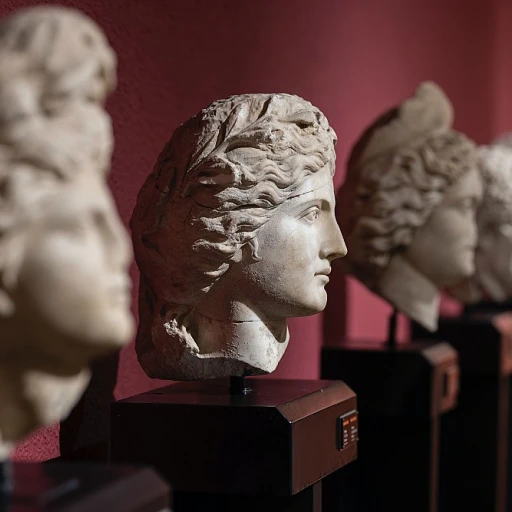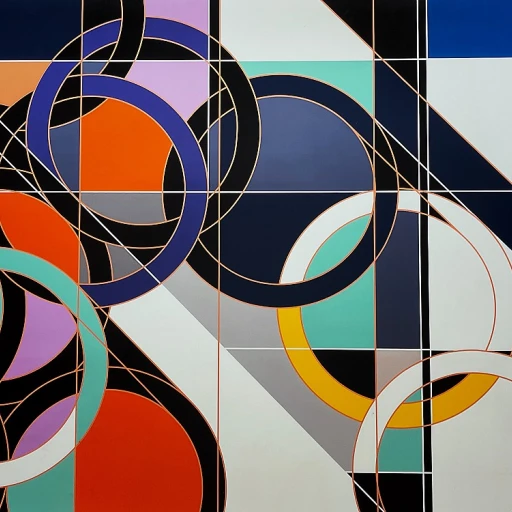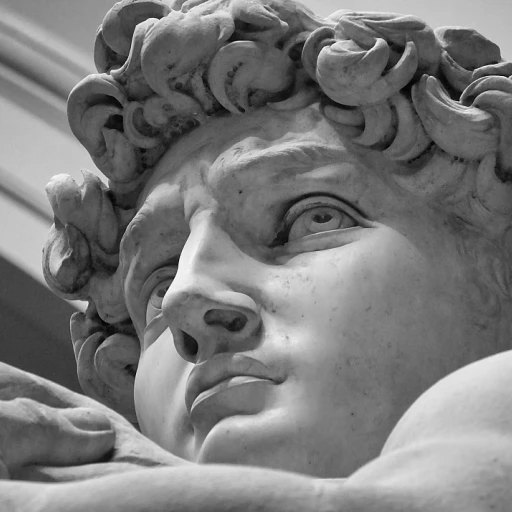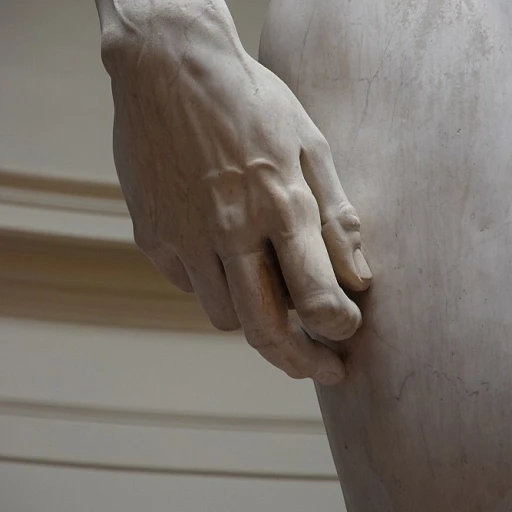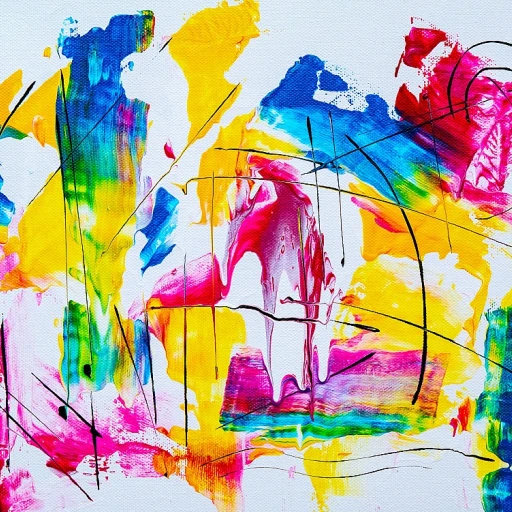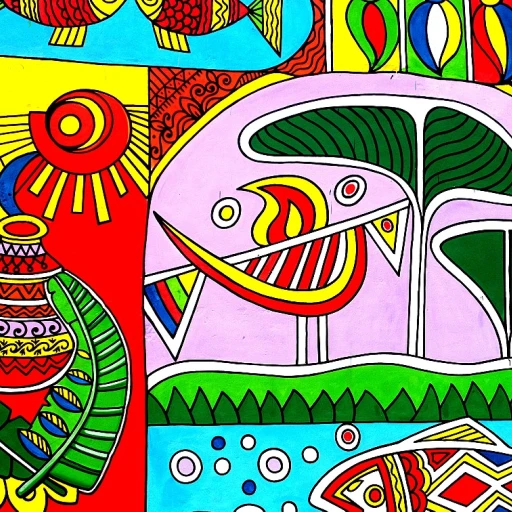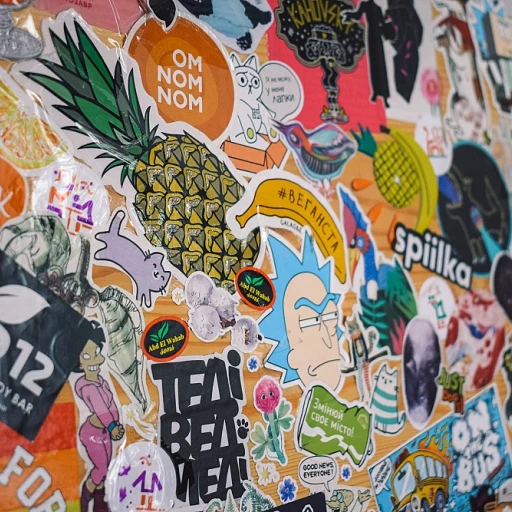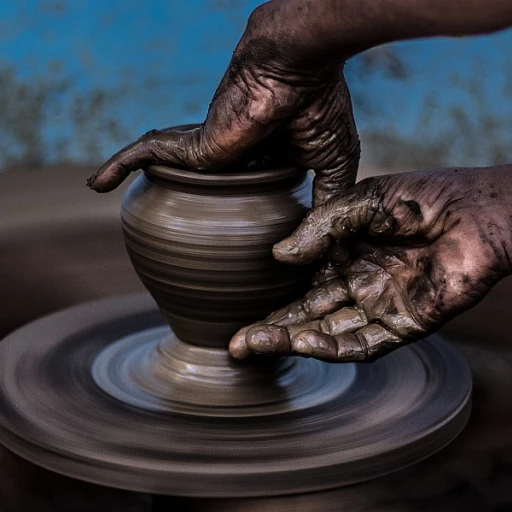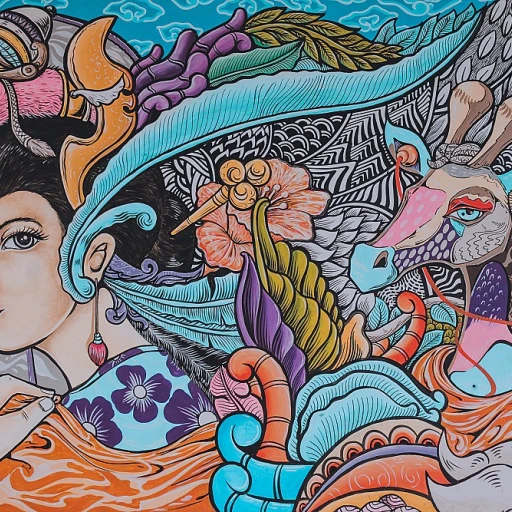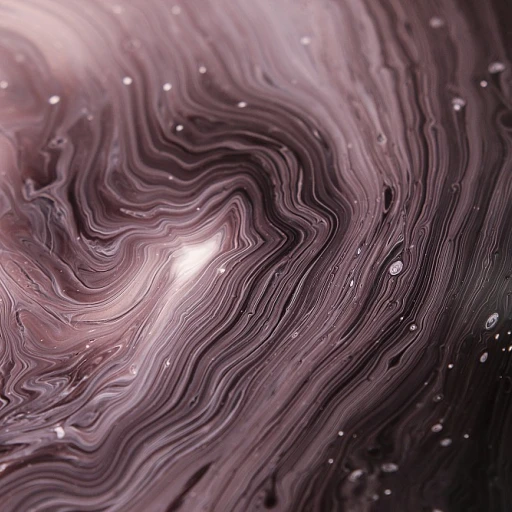-teaser.webp)
Deciphering Abstract Expressionism: Investment or Emotional Purchase?
Unveiling the Essence of Abstract Expressionist Investment
The realm of abstract expressionism is as enigmatic as it is enchanting, drawing investors and art aficionados alike into its whirlpool of vibrant colors and unrestrained shapes. One cannot help but wonder, does the allure of abstract expressionist art lie in its potential for financial gain or the emotional resonance it elicits? Recent statistics show a noteworthy uptick in the luxury artwork market, with abstract expressionism at the forefront. According to Art Market Research, the Abstract Expressionist segment has seen a compound annual growth rate of approximately 8.5% over the past decade.
Navigating the Personal and Financial Aspects of Art Collection
Diving deeper into the psyche of collectors, a dualistic approach emerges. The Acumen Report reveals that 65% of high-net-worth individuals collect art predominately for personal enjoyment, yet a savvy 35% consider the investment aspect equally. This intersection of the heart and wallet can be seen reflected in the investment decisions made regarding works by influential abstract expressionists like Jackson Pollock and Willem de Kooning. Their pieces are not only testaments to artistic innovation but also to astute investment choices, historically yielding monumental returns for those who have the foresight to acquire their works during early market stages.
Impact on Emotional Wealth and Portfolio Diversification
Quote-worthy remarks by leading art market experts suggest that owning a piece of abstract expressionist art contributes to one's "emotional wealth," a non-quantifiable yet invaluable aspect of collecting. Supporting this notion are findings from Deloitte's Art & Finance Report, indicating that 76% of collectors gauge the value of their luxury artwork not only through its monetary worth but also through the emotional benefits it provides. Abstract expressionism, with its emotive energy and historical significance, offers a unique blend of personal satisfaction and portfolio diversification that traditional investments rarely match. This dynamic combination positions it as a potential haven for investors seeking both stability and exhilaration in the volatile art market.
Critical Analysis: Is the Investment Justifiable?
When utilizing a critical lens, one must assess whether the acquisition of abstract expressionist art is justified from an investment standpoint. The Artprice100 index, which tracks the performance of the top 100 artists at auction, provides essential insight, showing that the index has outperformed many conventional stocks with an increase of 405% since 2000. This statistic underscores the importance of investing in established names within the abstract expressionist movement. These artists tend to maintain or increase in value, a key consideration for luxury artwork owners amidst ongoing market fluctuations.
As owners contemplate the balance between passion and profit, it becomes clear that abstract expressionism provides an intriguing investment opportunity. Yet, the question lingers: how does one navigate the unpredictable tides of this segment’s market? Further analysis and strategic insight unfold as we delve into market dynamics and investment security measures that luxury artwork collectors should consider.
Market Dynamics: Understanding the Volatility of Abstract Expressionist Art
Grasping the Ebb and Flow of Artistic Wealth
Delving into the realm of Abstract Expressionist art, connoisseurs and investors alike are often captivated by the dramatic fluctuations in market value. According to Art Market Research, the Abstract Expressionism index showed a remarkable compound annual growth rate (CAGR) of 8.2% over the last decade, a testament to the genre's financial sway. However, this segment of the art market operates under a unique set of principles, driven equally by aesthetic appreciation and speculative gambits.
For instance, the shift in consumer demand is frequently influenced by retrospective exhibitions and the unveiling of previously unseen works by maestros like Jackson Pollock or Willem de Kooning. Moreover, when tastemakers and prominent gallery owners shift their focus, it can trigger rapid valuation surges or declines, signaling to investors the ever-present need for vigilance and informed decision-making.
Analyzing Price Shifts Through the Prism of Auction Performance
A seminal moment for any artwork is its appearance on the auction block. The luxury artwork auction results serve as a crucial barometer of market sentiment, with Abstract Expressionist pieces often fetching record-breaking sums. Sotheby's and Christie's have reported a combined sale total exceeding $500 million for top-tier Abstract Expressionist works over the past five years. This underscores the genre's magnetic appeal to both seasoned collectors and new entrants looking to diversify their portfolios with tangible assets.
Yet, these figures only represent a fragment of the puzzle. Seasonal shifts and economic climates cast a long shadow over auction results, reiterating the reality that while some pieces accrue value at an exponential rate, others may not achieve expected benchmarks. As an analyst, I continually pore over these performance indicators, extracting nuanced insights to forecast future market trends for my clientele.
Placing Emphasis on Provenance and Rarity
The linchpin of Abstract Expressionist art investment often rests on provenance and rarity. Provenance—the chronicle of ownership and authenticity—wields substantial influence over a piece's market viability. Works with a well-documented history associated with illustrious figures can see their values magnified, with recent studies indicating as much as a 300% increase in worth based on provenance alone. Rare masterpieces, or those from pivotal periods in an artist's oeuvre, carry an intrinsic scarcity that can drive competition and, consequently, prices skyward.
In this dynamic, securing a luxury investment demands expert scrutiny. Esteemed auction houses and galleries habitually publish catalogs that detail an artwork's provenance and rarity, documents which serve as indispensable tools for the astute investor. The alliance between historical prestige and scarcity forms a bulwark against the tempests of market volatility.
- Compound annual growth rate (CAGR): 8.2% over the last decade (Art Market Research)
- Auction sales totaling over $500 million in five years (Sotheby's and Christie's)
- Provenance-related value increase: Up to 300% (Recent studies)
Investment Security Measures: Safeguarding Your Luxury Abstract Art
Maximizing Protection for Your Abstract Art Investments
When owning pieces from masters of abstract expressionism, such as Jackson Pollock or Mark Rothko, it is crucial to consider the appropriate investment security measures. Art insurance is paramount—statistics from the Hiscox Online Art Trade Report indicate that 70% of collectors are concerned about the physical loss or damage of their pieces. Therefore, obtaining comprehensive art insurance that covers theft, damage, and even art title disputes is an irreplaceable component to safeguard your investment.
- Physical damage and loss insurance
- Art title insurance to protect against authenticity claims
- Appropriately valuing art pieces for insurance purposes
Art Market Intelligence: An Investor’s Defence Against Instability
Understanding market trends and obtaining reliable art market analysis can be your best defense in a volatile market. For example, the Art Market Report 2022 suggests shifts in consumer sentiment can significantly affect the value of abstract expressionist art. Leveraging resources like Artprice or Artnet for accessing real-time analytics and historical data ensures that your investment decisions are backed by expert insights and quantitative analysis.
Strategic Acquisition and Sale: Timing Is Key
Strategic timing when acquiring or disposing of abstract expressionist works is another critical aspect. The unpredictable nature of the art market requires a keen understanding of the investment cycle. As cited by the Wall Street Journal, sales for high-end artworks typically peak during major economic booms, presenting an opportune window for investors. Take heed of auction season trends and global economic indicators to inform your purchase or sale strategies.
Preventive Conservation Tactics: Guarding Artistic Integrity
Preventive conservation is essential in maintaining both the aesthetic and fiscal value of your artwork. The International Institute for Conservation of Historic and Artistic Works (IIC) highlights the importance of environmental controls, proper handling, and the use of archival materials to prevent degradation over time. Employ practices such as:
- Regular professional maintenance
- Climate controlled storage
- High-quality framing and display solutions
Authenticity Verification: The Cornerstone of Art Investment
Provenance research and authenticity verification can profoundly impact the resale value of an abstract expressionist piece. A corroborated history that traces the artwork's ownership route, paired with authentication certificates, can drive the art's value significantly—Case in point, a verified Rothko painting may fetch multiples of its estimated value at auction. Engaging renowned art experts and utilizing advanced technology for authenticity checks are methods that cannot be overlooked.
The Top Abstract Expressionists: Who Holds the Market?
Spotlight on the Masters of Abstract Expressionism
When evaluating the luxury art market, particularly abstract expressionist pieces, knowledge about key market influencers is crucial. Statistics show that certain artists command both stellar prices and market confidence. According to Artprice, the works of Jackson Pollock, for example, have seen a steady appreciation, with a remarkable sale of his piece 'Number 17A' fetching around $200 million in 2016. Similarly, the vibrant canvases of Willem de Kooning continue to be sought after, with his 'Interchange' painting sold for approximately $300 million in 2015.
The Investment Worth of Renowned Abstract Artists
The allure of abstract expressionist art isn't solely in its aesthetic appeal, but also in the investment potential it holds. The late Mark Rothko's mesmerizing blocks of color possess not just visual impact, but fiscal solidity as well. A prime example is Rothko's 'No. 6 (Violet, Green and Red)' selling for a staggering $186 million in 2014. These artists represent a solidified investment path, attributable to their historic significance and rarity. Their legacy is underpinned by robust market demand that shows no sign of waning.
Emerging Talent and Future Abstract Expressionist Icons
It's not just the established names that investors need to track. The rise of digital platforms has allowed for a burst of new abstract expressionist art to enter the market. As noted in a recent Art Basel report, emerging artists such as Cecily Brown and Julie Mehretu have seen a surge in popularity and value. Their works offer a blend of traditional abstract expressionist themes with contemporary interpretations, captivating a new generation of collectors.
- Latest trends in art acquisitions
- Profiles of contemporary abstract expressionist artists
- Investment strategies in emerging abstract art
While navigating the abstract expressionist market, connoisseurs understand that an artist's fame, historical influence, and rarity of works are pivotal in determining the safety of their investment. Examining auction trends and leveraging expert appraisals can significantly enhance investment decisions in this dynamic field of luxury artwork.
"In art as in love, instinct is enough." This quote by Anatole France encapsulates the passion guiding collectors through the complexities of art investment, particularly in the volatile yet vibrant abstract expressionist market.


